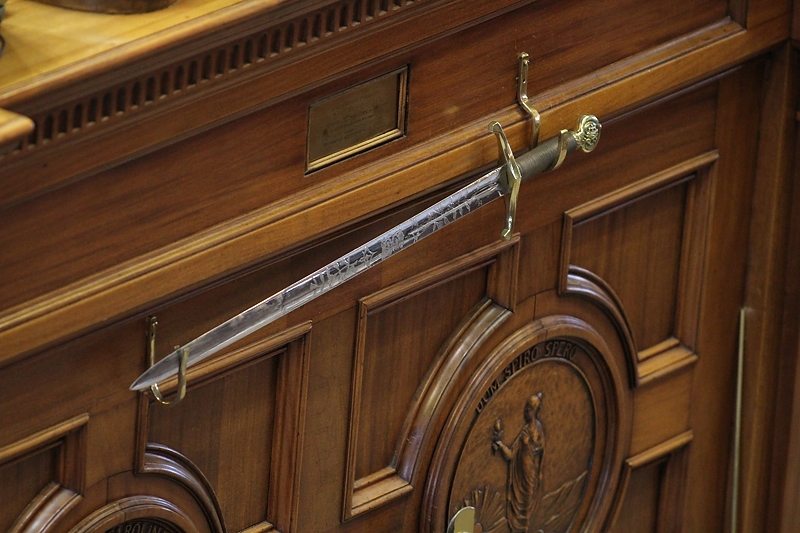Tom Davis: SC Senate Must Clarify Executive Succession
LAWMAKER WILL TAKE CASE TO SUPREME COURT IF NECESSARY … S.C. Senator Tom Davis says he will fiYou must Subscribe or log in to read the rest of this content.
LAWMAKER WILL TAKE CASE TO SUPREME COURT IF NECESSARY …
S.C. Senator Tom Davis says he will fi
